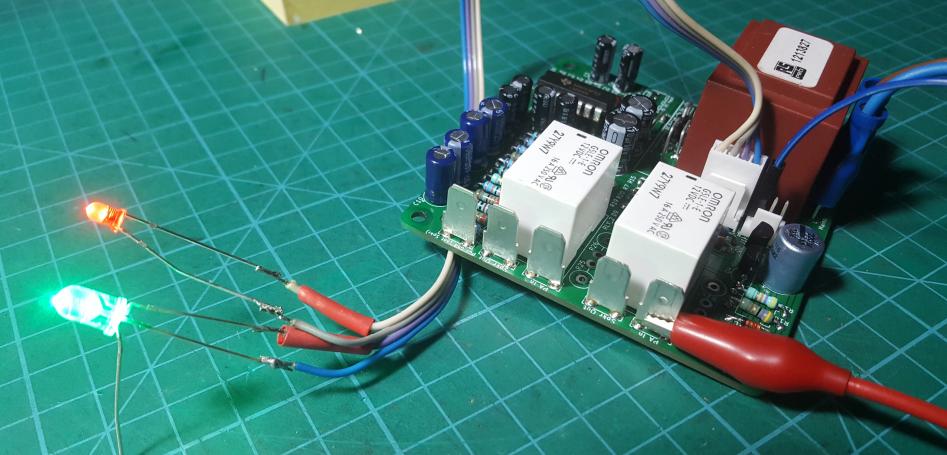graham-r
pfm Member
The interactive bom and a few other bits are available here, I haven't included any component source info as that is down to preference. I will add RS info for the few components that are not PCB based (spade/Molex connectors) and a howto later.
https://github.com/graham-r/DC-Offset_K4700-Stereo_v1.02
Click on the green box with 'code' written on it and download zip (or clone it if you use git).
Hopefully it should all work......
https://github.com/graham-r/DC-Offset_K4700-Stereo_v1.02
Click on the green box with 'code' written on it and download zip (or clone it if you use git).
Hopefully it should all work......


